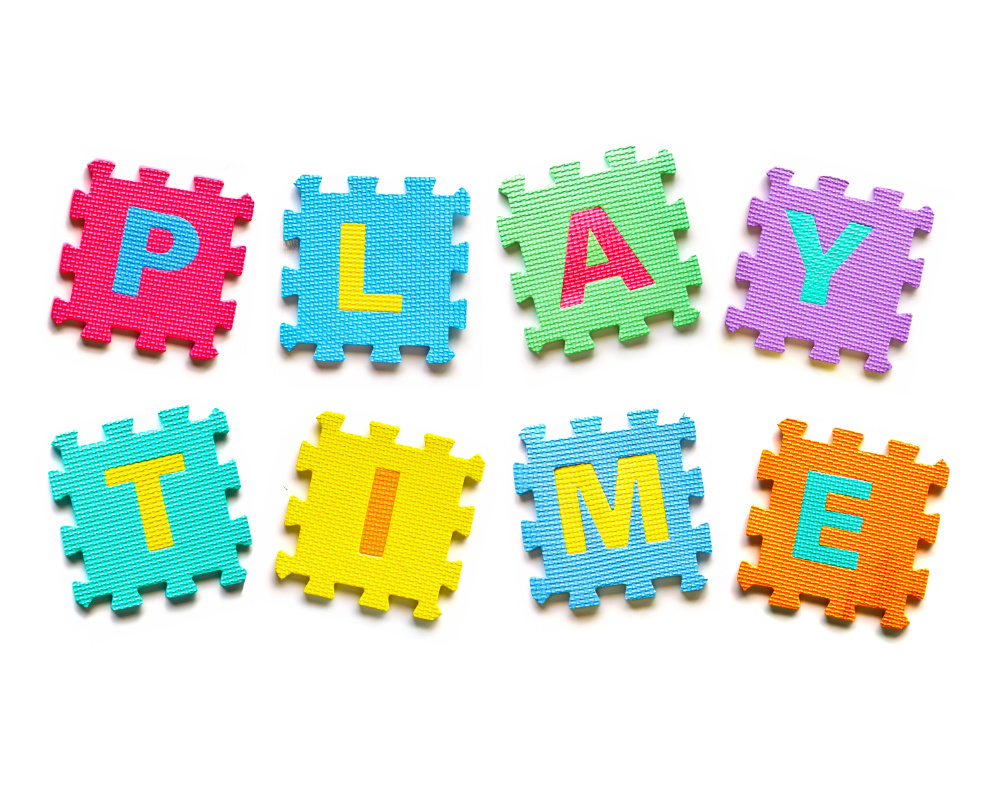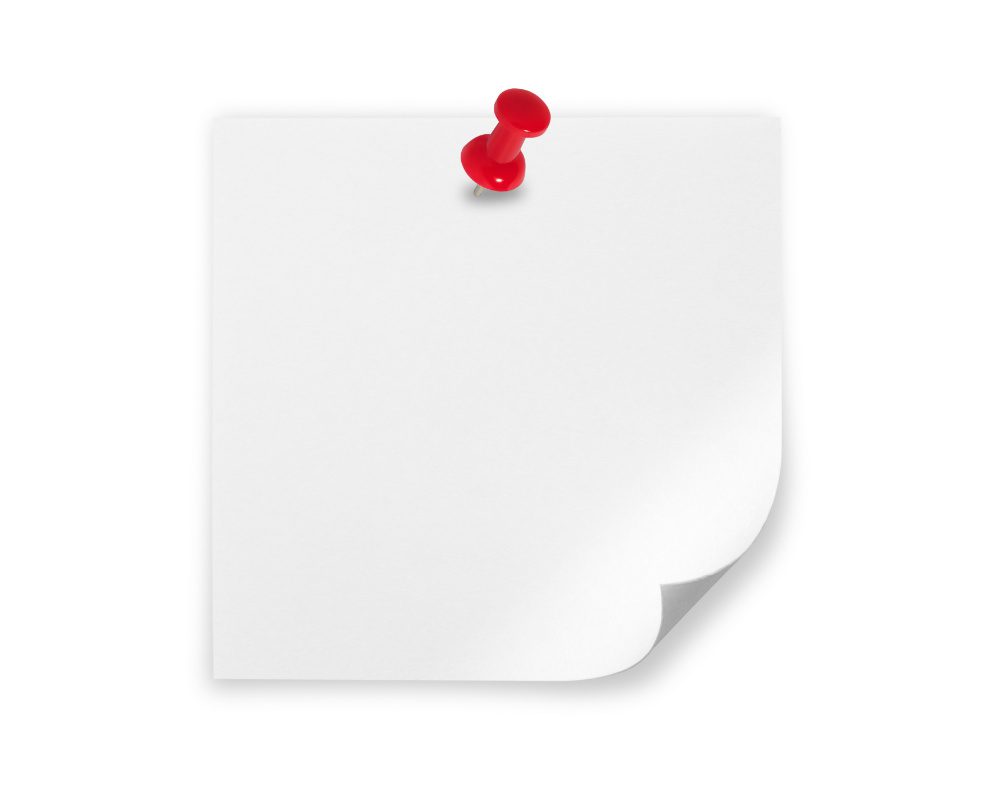
Did You Know?
Daily schedules provide routines and structures that support children’s development and learning. Individualizing your schedule can be as simple as following the same sequence of daily routines, but adjusting the length of activities based on the needs and interests of the children. Cues from the children can signal when activities are too long or too short. Responding to these cues allows you to bring some activities to close sooner than you may have planned, or to extend the time children spend engaging in high interest learning activities. Flexible and adaptable schedules still follow a predictable sequence and provide the structure children need to feel secure while meeting children’s individual needs.
Try It: Tips for an Effective Daily Schedule
Check out a few tips for making the most of your daily schedule. Jot down any ideas that come to mind for adjustments you can make to your program’s daily schedule to help meet the needs of individual children. Download a printable version of Effective Daily Schedule Check of the chart to capture your ideas.
Visit The Ohio State University, Virtual Lab School for more tips and information on Schedules and Routines. The Virtual Lab School has resources for different age groups:


Resources to save and share
For more information on individualizing your daily schedule and routines, check out these resources:
Watch
View this 4-minute video on the importance of the daily schedule and routine: Schedules and Routines.
Read
This publication from Head Start targets infants and toddlers, but there are helpful hints that apply to children of all ages. Review the information for common themes related to daily schedules, routines, and the importance of building positive relationships with children through purposeful interaction: Individualizing Care for Infants and Toddlers: Part I.
Share
More tip sheets for teachers: Design Environments and Use Materials to Support Learning.

